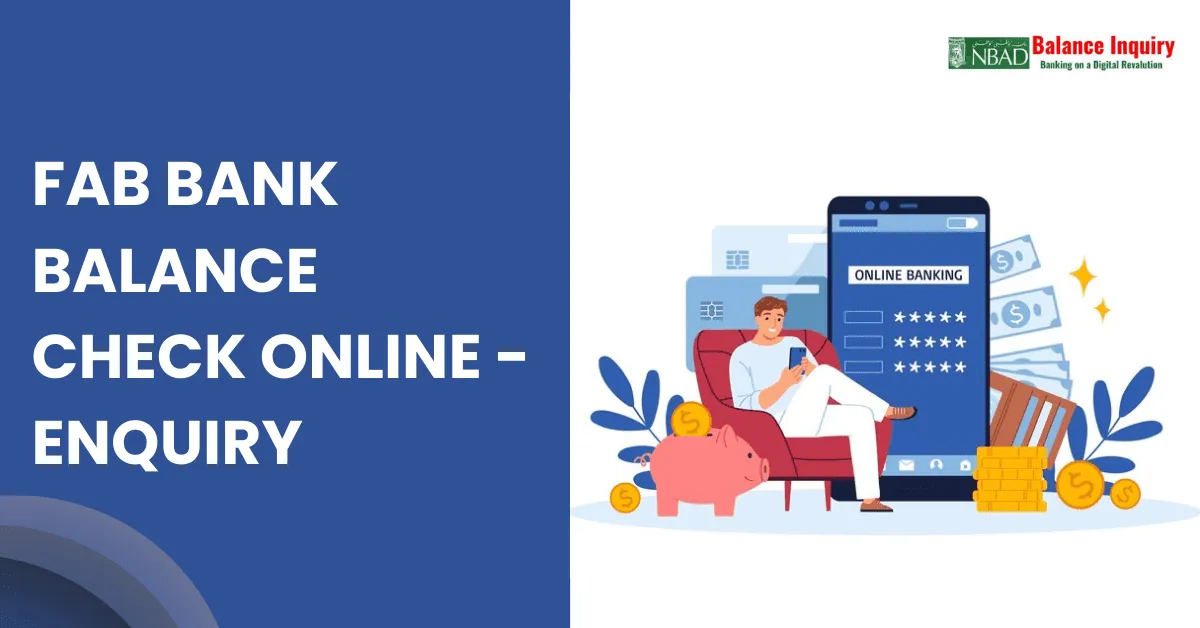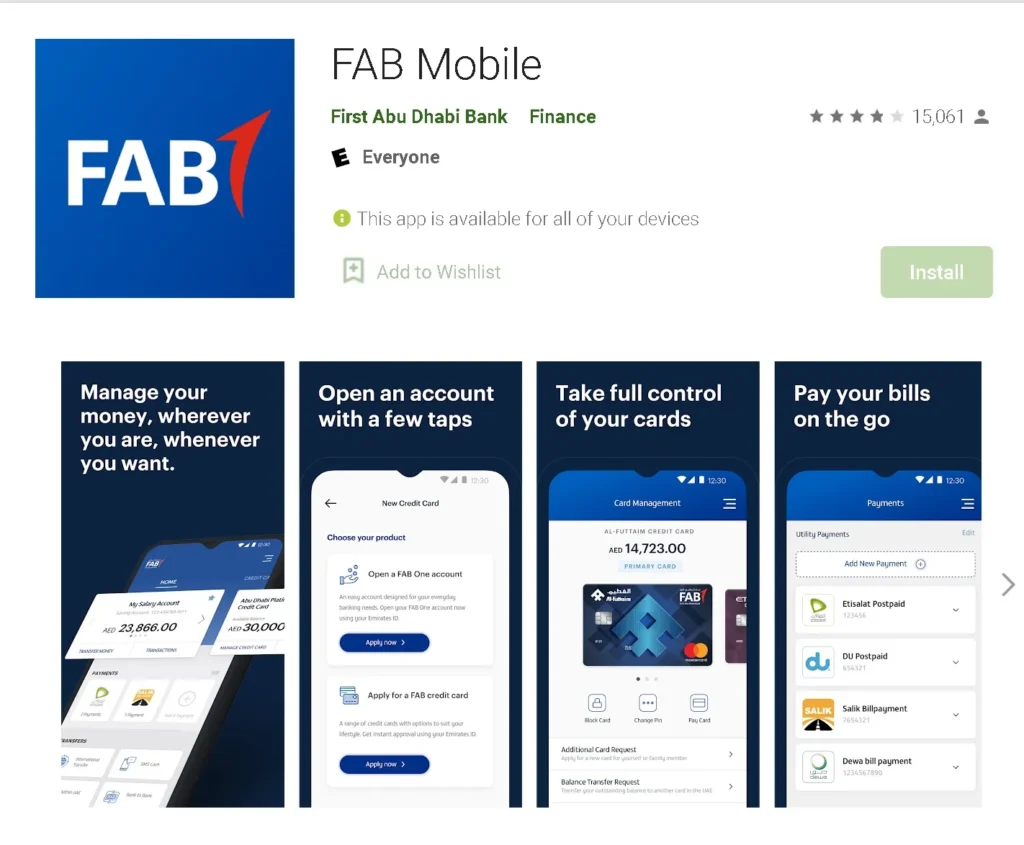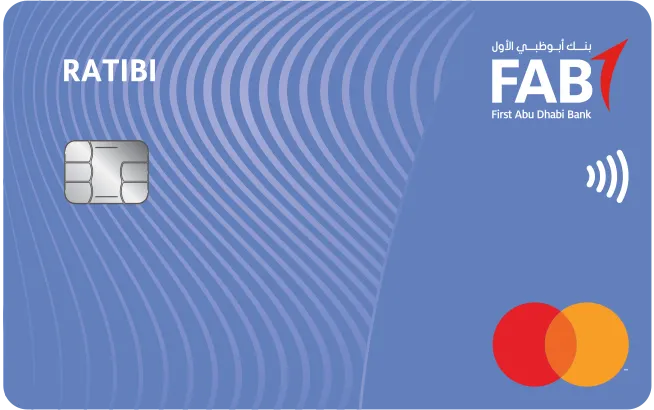In today’s world, where expenses can skyrocket in the blink of an eye, achieving financial stability has become an essential goal for everyone. Whether you’re an individual looking to manage your personal finances or a business owner seeking long-term growth, mastering FAB Balance can be the secret to lasting financial security. But what exactly is FAB Balance, and how can you leverage it to take control of your financial future? This article explores the importance of FAB Balance, offers practical strategies to achieve it, and outlines the key steps you can take to build long-lasting financial security.
What is FAB Balance?
FAB Balance is a term that encompasses three critical aspects of personal financial management: Finances, Assets, and Budgeting. By focusing on these areas, FAB Balance allows individuals to create a stable financial foundation that supports both short-term needs and long-term goals. It offers a holistic approach to money management, ensuring that you allocate resources wisely, plan for unexpected expenses, and grow your assets in a sustainable way.
At its core, FAB Balance is about maintaining a balanced financial lifestyle, where you are neither overspending nor hoarding resources but instead optimizing your financial strategies to create the best possible future. By regularly evaluating your financial situation and making adjustments where necessary, you can achieve greater stability and confidence in your financial life.
Read Also: How to Unblock a Toilet: A Complete Guide to Fixing Clogs
Why is FAB Balance Important?
A well-maintained FAB Balance offers numerous benefits, from reduced financial stress to improved decision-making. It enables individuals to:
- Plan for the future: Whether you’re saving for a home, preparing for retirement, or just aiming to live comfortably, a solid FAB Balance ensures you have the resources to meet your future financial goals.
- Manage debt effectively: Proper financial management can help prevent you from falling into debt traps, while also offering strategies for paying off existing debts more efficiently.
- Build long-term wealth: By focusing on budgeting and asset allocation, you can ensure steady financial growth over time, setting yourself up for long-term financial security.
Without a well-defined FAB Balance, you risk losing control of your finances, making impulsive decisions, and facing the consequences of poor financial planning. By implementing the principles of FAB Balance, you can avoid these pitfalls and make smarter financial choices that benefit both you and your family.

How to Achieve FAB Balance in Your Life
Achieving the right FAB Balance involves managing several key areas of your financial life. Let’s break down the components of FAB Balance and how you can implement them to secure a financially stable future.
1. Financial Planning for the Future
One of the most critical steps in achieving FAB Balance is financial planning. Effective planning sets the foundation for everything else in your financial journey, giving you a clear roadmap for how to allocate your resources, prioritize your spending, and reach your long-term goals.
- Set Financial Goals: Your first step in financial planning is setting clear, actionable financial goals. Whether you’re saving for a house, a vacation, or retirement, having a goal in mind gives you something to work toward and keeps you motivated.
- Create a Budget: A budget is a detailed plan that outlines how much money you have coming in, how much you’re spending, and where you can make adjustments to save more effectively. Budgeting is a critical part of achieving FAB Balance because it helps you stay on track financially and avoid overspending.
- Review and Adjust Regularly: Financial plans are not static. As your life changes, so will your financial needs. Regularly review your financial plan to ensure it still aligns with your goals, and make adjustments as necessary to maintain your FAB Balance.
2. Asset Allocation: The Key to Sustainable Growth
Another crucial aspect of FAB Balance is how you manage your assets. Asset allocation involves dividing your investments across different categories (such as stocks, bonds, and real estate) to minimize risk and maximize returns. Proper asset management ensures that your wealth grows over time, even as the financial markets fluctuate.
- Diversify Your Investments: To protect your assets from market volatility, diversify your portfolio. By spreading your investments across multiple asset classes (such as stocks, real estate, and mutual funds), you reduce the risk of losing money if one market sector underperforms. Diversification is an essential part of maintaining FAB Balance because it helps ensure long-term stability.
- Focus on Long-Term Growth: While it can be tempting to chase quick gains, successful asset allocation requires patience and a long-term mindset. Look for investments that have the potential for steady, sustainable growth over time, rather than putting your money into risky, short-term ventures.
- Monitor Your Assets: Just like your budget, your asset allocation requires regular review and adjustments. As you get older or your financial situation changes, you may want to shift your investments to reflect your new goals. For example, if you’re nearing retirement, you might reduce your exposure to high-risk investments and focus on safer options.
3. Budgeting: The Core of FAB Balance
Budgeting is the backbone of any successful financial strategy. It’s how you ensure that you’re living within your means, saving enough for the future, and keeping debt at bay. To achieve the right FAB Balance, you need a clear, realistic budget that reflects your income, expenses, and financial goals.
- Track Every Expense: One of the most important aspects of budgeting is tracking where every dollar goes. Use a budgeting app, spreadsheet, or even pen and paper to record your daily, weekly, and monthly expenses. This will give you a clear picture of where you might be overspending and where you can cut back.
- Prioritize Savings: A common mistake in budgeting is to focus solely on expenses and forget about savings. Make sure you’re setting aside a portion of your income each month for long-term savings, such as retirement or an emergency fund.
- Automate Savings Contributions: To ensure that saving becomes a habit, automate your savings contributions. Most banks and financial institutions allow you to set up automatic transfers from your checking account to your savings or investment accounts, helping you maintain your FAB Balance without added effort.
Achieving FAB Balance in Everyday Life
While the principles of FAB Balance can seem daunting at first, applying them to your everyday life is simpler than you might think. By making small, incremental changes to your financial habits, you can gradually improve your financial health and move closer to achieving balance. Below are some practical strategies for incorporating FAB Balance into your daily routine:
1. Start Small
If you’re new to the concept of FAB Balance, start by focusing on just one area at a time. For example, you might begin by creating a budget and tracking your expenses for a month. Once you’ve established a solid budgeting habit, you can move on to other areas, such as saving for the future or managing your assets.
2. Use Financial Tools
In today’s digital age, there are plenty of tools and apps available to help you manage your finances more effectively. Whether you need help with budgeting, tracking expenses, or managing investments, there’s likely an app that can make your financial journey easier. Popular budgeting apps like Mint, YNAB (You Need a Budget), and Personal Capital can help you get started.
3. Stay Disciplined
Achieving and maintaining FAB Balance requires discipline. It can be easy to fall off track, especially when faced with unexpected expenses or tempting opportunities to spend. By staying committed to your financial goals and regularly reviewing your budget and asset allocation, you’ll be more likely to stay on course.
The Benefits of Achieving FAB Balance
Maintaining a strong FAB Balance brings a range of benefits that can transform your financial future. These advantages extend beyond just monetary gains — they also provide peace of mind and a sense of security, knowing that you’re in control of your finances.
Read Also: A Quiet Place Day One Showtimes
1. Reduced Financial Stress
One of the biggest benefits of maintaining FAB Balance is the reduction of financial stress. When you have a clear understanding of your finances, you’re less likely to worry about unexpected expenses or falling into debt. Knowing that you have a well-structured plan in place for managing your money gives you confidence and peace of mind.
2. Improved Decision-Making
When your finances are well-organized and balanced, you’re better equipped to make informed decisions about spending, saving, and investing. You’ll be able to evaluate opportunities more clearly and make choices that align with your long-term goals, rather than reacting impulsively.
3. Long-Term Financial Security
A well-maintained FAB Balance ensures that you’re prepared for the future. Whether it’s saving for retirement, building an emergency fund, or investing for long-term growth, the principles of FAB Balance will help you create a secure financial foundation for the rest of your life.

Common Mistakes to Avoid in FAB Balance
Even with the best intentions, many people fall into common financial traps that can derail their efforts to maintain a balanced financial life. By understanding and avoiding these mistakes, you can stay on track and achieve your financial goals more effectively.
1. Overspending
One of the most common mistakes people make is overspending, particularly on non-essential items. Whether it’s dining out, shopping, or entertainment, overspending can quickly eat away at your budget and throw off your FAB Balance. To avoid this, make a conscious effort to limit unnecessary purchases and stick to your budget.
2. Ignoring Debt
Ignoring debt is another major pitfall. If you have outstanding debt, it’s crucial to make paying it off a priority. Failing to address debt can result in high interest payments and long-term financial instability. Make a plan to pay off your debts as quickly as possible, while still maintaining your FAB Balance in other areas.
3. Failing to Plan for the Future
A common mistake is focusing solely on the present and failing to plan for the future. Whether it’s neglecting retirement savings or not building an emergency fund, failing to plan can leave you vulnerable to financial hardship down the road. Always keep your long-term goals in mind when making financial decisions.
Conclusion: The Path to Financial Stability
Achieving FAB Balance is a crucial step in securing your financial future. By focusing on financial planning, asset allocation, and budgeting, you can create a stable foundation that supports both your short-term needs and long-term goals. With a disciplined approach and the right tools at your disposal, you’ll be well on your way to achieving financial stability and peace of mind.
Whether you’re just starting your financial journey or looking to improve your current situation, the principles of FAB Balance offer a clear path to success. Embrace these strategies today, and take control of your financial future for the better.



